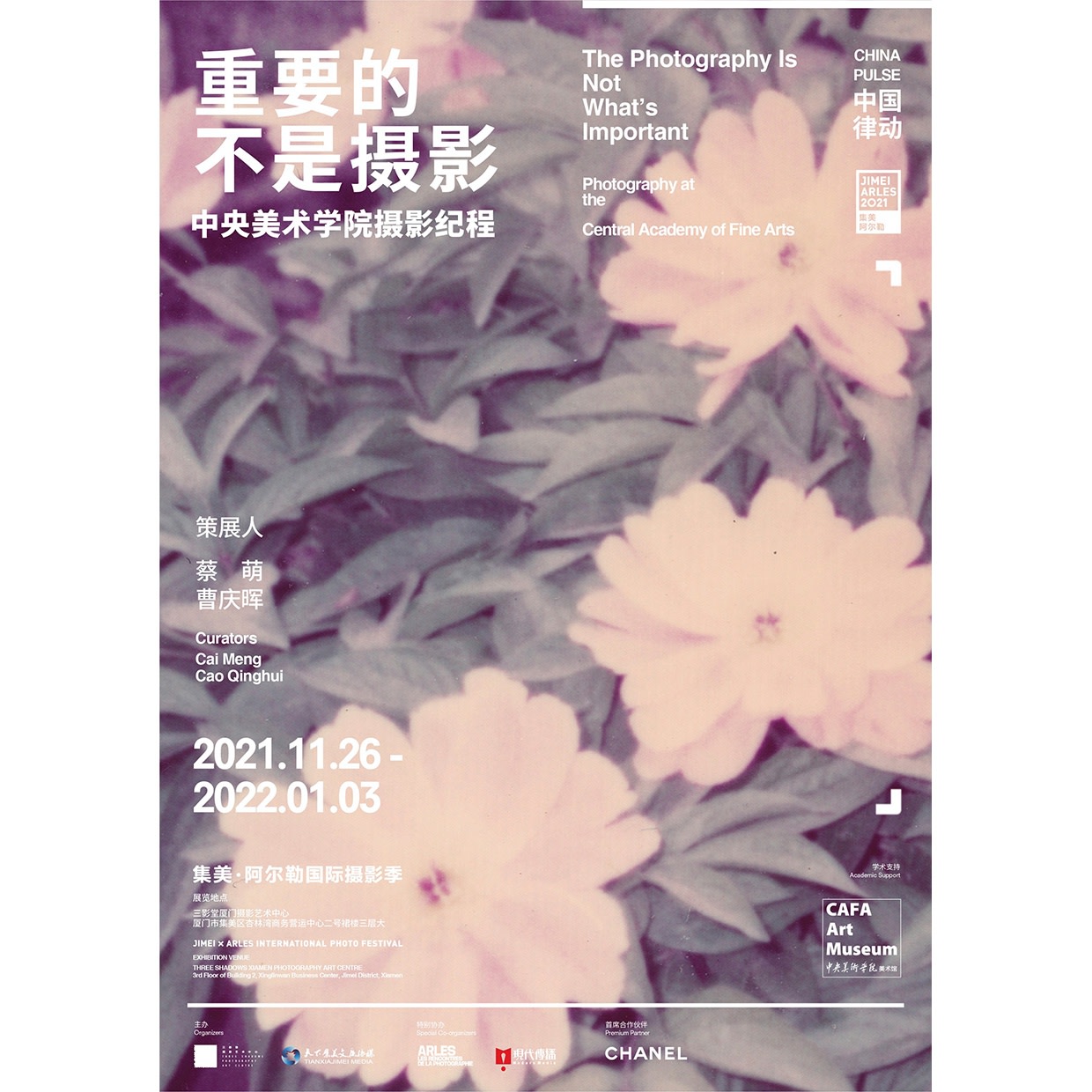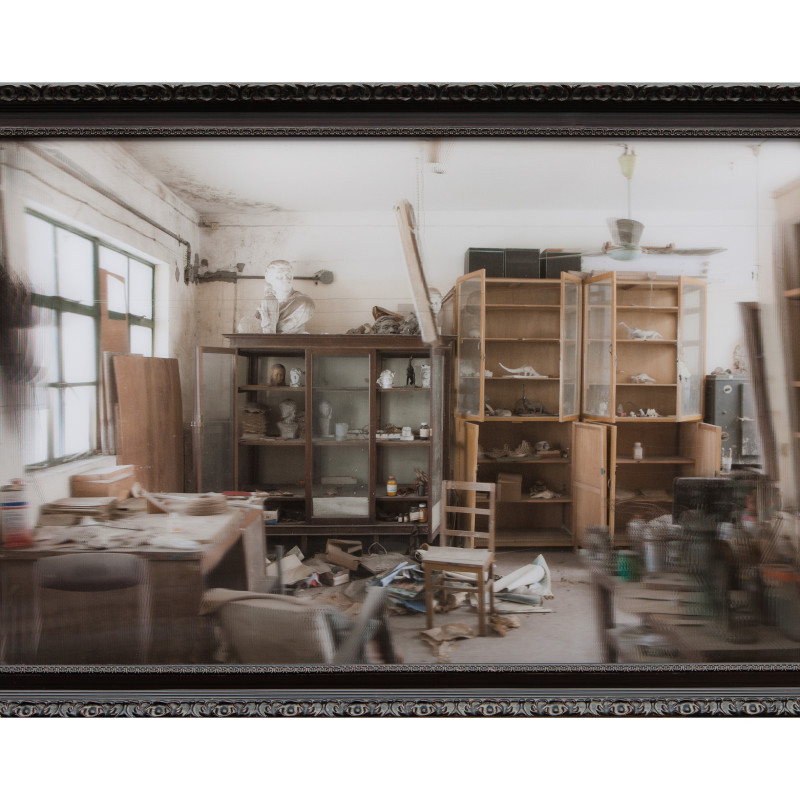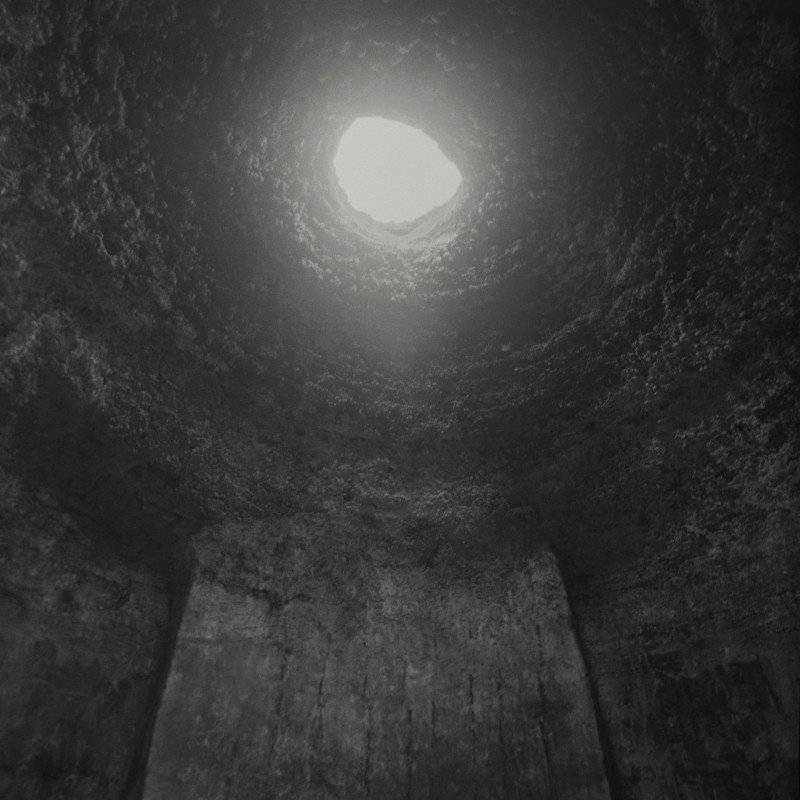The Photography Is Not What’s Important: Photography at the Central Academy of Fine Arts
Curated by Cai Meng, Cao Qinghui
Artists: Li Hua, Liu Lingcang, Wang Linyi, Song Buyun, Sha Fei, Wang Henei, Gao Shuzhen, Marc Riboud, Niu Weiyu, Weng Naiqiang, Jiang Duo, Ulli, Xu Bing, Wang Huaxiang, Ma Gang, Hong Hao, Liu Qinghe, Chen Shuxia, Bi Jianfeng, Sun Zhenjie, Li Ming, Yang Ming, Zhou Jirong, Liu Xiaodong, Wang Longjiang, Miao Xiaochun, Wang Youshen, Li Tianyuan, Zhao Bandi, Feng Mengbo, Song Dong, Yao Lu, Wang Chuan, Xing Danwen, Cui Xiuwen, Lin Tong, Qiu Zhijie, Zou Shengwu, Ji Zhou, Zhou Lan, Yang Yi, Jiang Jianqiu, Liu Bolin, Di Jinjun, Yu Fei, Chen Man, Li Xinzhao, Yan Baoshen, Chi Peng, Lu Zhengyuan, Ruben Lundgren, Taca Sui, Zong Ning, Liu Di, Ye Funa, Leng Wen, Song Jingjing
Academic Support:CAFA Art Museum
When the Central Academy of Fine Arts (CAFA) published Selected Artworks from the CAFA Art Museum Collection: Modern and Contemporary Photography in 2018, it was significant not because it was China’s only museum photography collection catalogue or because photography was included as a modern artistic medium along with Chinese painting, oil painting, printmaking, and sculpture. Most importantly, the volume was a conscious reflection on the urgent examination of photography in China and in art academies. As another collection-focused research project following Modern and Contemporary Photography, this exhibition deepens and solidifies the meaning of that volume, but it also offers an opportunity to observe more closely the resonances between photography and the academy in the twentieth century, and to highlight the founding of CAFA Art Museum’s Image Art Center this year.
In CAFA’s history, the development and evolution of photography, as an embodiment of aesthetics and technology, have never been publicly discussed. However, we have seen that—in the present, as well as in the history of the Central Academy of Fine Arts since its founding—teachers, students, and alumni who are not active as photographers and photography critics have engaged with discoveries or ideas using the methods of photography practice and criticism. They never stopped, and several became trailblazers in their times. This exhibition is concerned with briefly recalling these antecedents, while also looking to the future. This task cannot be completed in an exhibition, but we want to take this opportunity (and the ones to follow) to discuss a subject that is constantly being perfected: “The photography is not what’s important.”
When we say that “the photography is not what’s important,” it is not a denial or negation of photography. To the contrary, this statement hopes to inspire more people to take up the task, because photography is becoming increasingly important and widespread. As a result, we could even say that ink painting is not what’s important, or design is not what’s important. We cannot easily say what is important, but we want to consider and interrogate the answer by stating what’s not important. Furthermore, photography did not come late to CAFA, but the fact that it has never had its own school or department may be related to the art academy’s founding tradition of painting, and perhaps, students and teachers do not find photography to be such unnavigable waters. Even if they do not need to participate in the art world as photographers and critics, their everyday practice may be closely connected to photography, or they may even have been recognized for using photography as a direct medium or method. As they say, “The seemingly useless is the most useful.” We have also noticed that a group of outstanding alumni from the Central Academy of Fine Arts have recently been recognized for their achievements in photography. If we consider all of this together, we have more than a growing photography scene; we actually have a view of contemporary art.
“The photography is not what’s important” is not purely a backward-looking discussion; it also embodies a forward-looking hope. The exhibition’s sections are focused on what’s not important—the medium, the professionalism, the point of view, the exhibition, and the photography—as ways of explaining the development and predicaments of photography at the Central Academy of Fine Arts. We hope that this self-reflective attitude will inspire everyone who sees the show to think and converse beyond the exhibition’s walls.
By Cai Meng, Cao Qinghui







